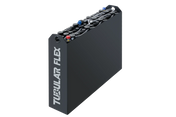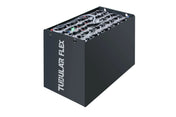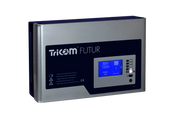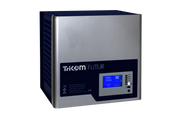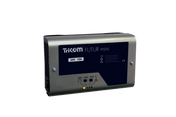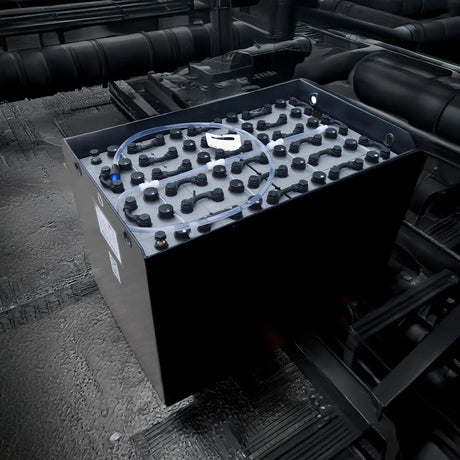New regulations for the transport and handling of batteries have been in effect since 2025. Lithium-ion and the emerging sodium-ion batteries, which play a key role in industrial trucks, are particularly affected. Anyone who transports, stores, or disposes of forklift batteries must be fully aware of the current regulations. This article provides a clear overview.
ADR 2025: New UN numbers for sodium-ion batteries
In ADR 2025, separate UN numbers for sodium-ion batteries were introduced for the first time:
- UN 3551 – Sodium-ion batteries, individually wrapped
- UN 3552 – Sodium-ion batteries in or with equipment
This now clearly distinguishes them from conventional lithium batteries. Companies must use the new UN numbers for transport and labeling to ensure legal compliance.
Special provision SV 677: Transport of defective batteries
Damaged or defective lithium batteries are a particularly sensitive issue. The new SV 677 has been in effect since 2025. It applies to batteries classified as "critically defective" and pose a high risk of fire, gas release, or disassembly during transport.
These may only be transported in transport category 0. The transport documents must clearly state: "Transportation according to special provision 376, transport category 0." For companies, this means that only specialized dangerous goods transporters are permitted.
EU Battery Regulation & Digital Battery Passport
The EU Battery Regulation, which came into force in February 2024, mandates greater transparency and sustainability in the battery market. A key element is the digital battery passport , which will gradually become mandatory starting in 2026.
- From 2026: first labelling requirements with QR codes and data reporting
- From 2027: Mandatory for industrial batteries, traction batteries and large storage batteries
In the future, the QR code will provide users with information on chemical composition, CO₂ footprint, material origin, repairability, recycling options, and service life. This creates greater transparency for operators, workshops, and recycling companies.
Transport of dangerous goods: packaging, labelling, documentation
Stricter regulations now apply to the safe transport of forklift and industrial batteries. Companies must pay particular attention to the following points:
Packaging regulations
- P 910 / LP 905: for prototypes and small series
- P 003 / LP 03: for batteries loose or packed in equipment, including new UN numbers
Labeling
- Danger label 9 (dangerous for the environment)
- Special battery marking according to Chapter 5.2.1.9 ADR
- Additional information for SV 310 (small series/prototypes) and SV 400 (sodium-ion batteries)
documentation
- correct indication of the UN number, transport category and packaging instructions
- For defective batteries: Note “Carriage according to special provision 376, transport category 0”
- complete information on sender, recipient, quantity and dangerous goods data
Training & Equipment
- ADR/dangerous goods training for drivers
- suitable protective equipment (gloves, protective clothing, labels)
- ADR-compliant vehicles with secured loading areas
Conclusion
The year 2025 marks a turning point in battery logistics. With the new ADR regulations, the special regulation SV 677, and the EU Battery Regulation, transport, labeling, and documentation are more clearly regulated. At the same time, the digital battery passport represents a milestone for transparency and sustainability. Companies that use, transport, or recycle forklift and industrial batteries should consistently implement these regulations now to ensure legal and operational security.


